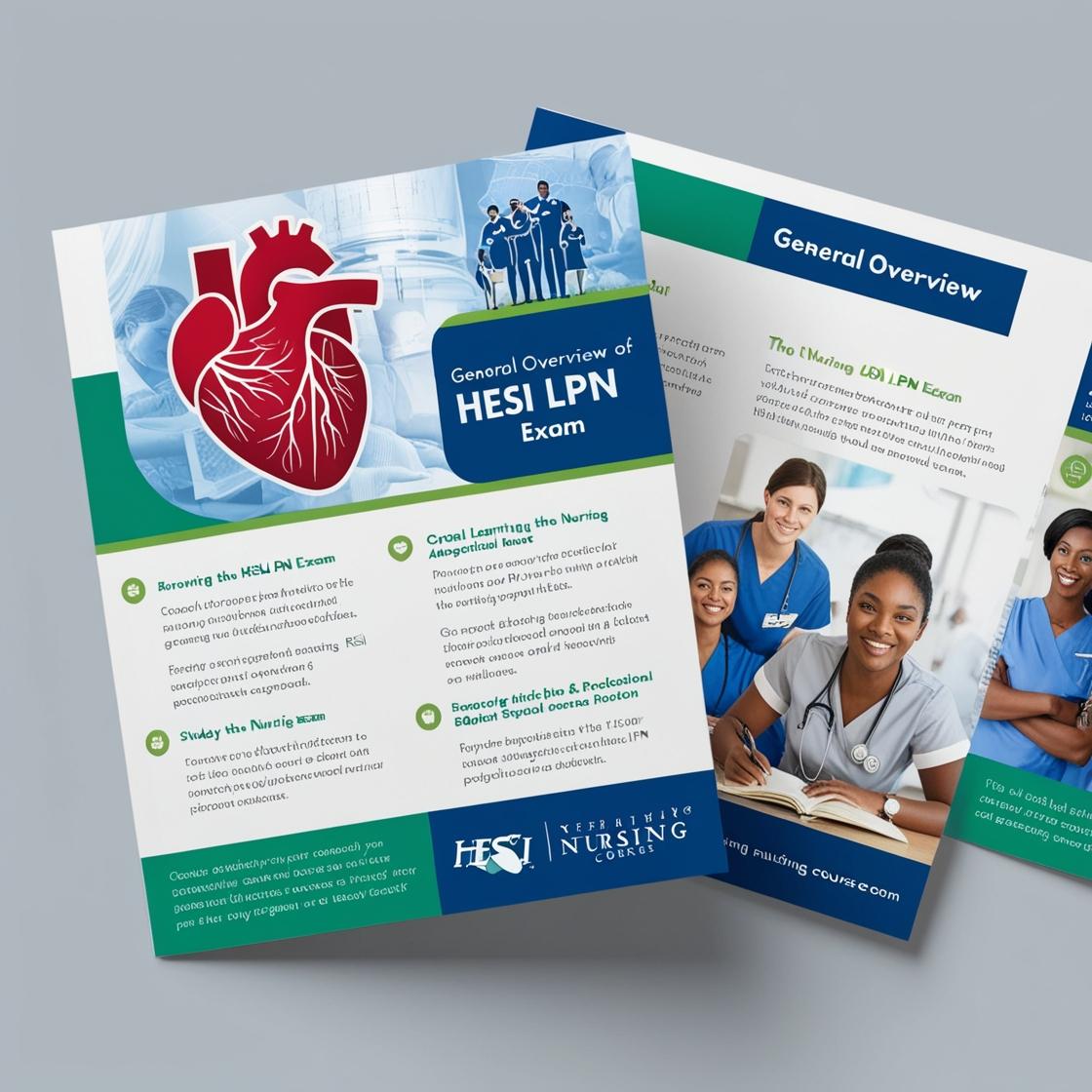HESI LPN
HESI Fundamentals Test Bank
1. A nurse is receiving the prescription for a client who is experiencing dysphagia following a stroke. Which of the following prescriptions should the nurse clarify?
- A. Dietitian consult
- B. Speech therapy referral
- C. Oral suction at the bedside
- D. Clear liquids
Correct answer: D
Rationale: The correct answer is D: 'Clear liquids.' Clients with dysphagia following a stroke are at risk of aspiration, and clear liquids have a higher risk of aspiration compared to thickened liquids or pureed foods. Therefore, the nurse should clarify the prescription for clear liquids to prevent potential harm to the client. Choices A, B, and C are appropriate interventions for a client with dysphagia following a stroke. A dietitian consult can help modify the client's diet for safe swallowing, speech therapy can assist in improving swallowing function, and oral suction at the bedside helps maintain airway patency and prevents aspiration.
2. A healthcare professional is reviewing measures to prevent back injuries with assistive personnel (AP). Which of the following instructions should the healthcare professional include?
- A. When lifting an object, spread your feet apart to provide a wide base of support.
- B. Always lift objects with your back straight and not your legs.
- C. Avoid using any assistive devices.
- D. Bend at the waist to reach objects.
Correct answer: A
Rationale: The correct instruction to prevent back injuries while lifting is to spread your feet apart to provide a wide base of support. This helps in maintaining stability and reduces the risk of back injury. Choice B is incorrect as lifting objects with your back straight and using your legs is the recommended technique. Choice C is incorrect because assistive devices can actually help prevent back injuries by providing support. Choice D is incorrect as bending at the waist to reach objects can strain the back muscles and increase the risk of injury.
3. When obtaining a urine specimen for a culture and sensitivity from an indwelling catheter, the nurse should:
- A. Cleanse the entry port prior to withdrawing urine.
- B. Use a sterile syringe to collect urine from the collection bag.
- C. Obtain the specimen from the drainage tubing.
- D. Replace the catheter before obtaining the specimen.
Correct answer: A
Rationale: The correct procedure when obtaining a urine specimen from an indwelling catheter for culture and sensitivity is to cleanse the entry port before withdrawing urine. This step helps reduce the risk of contamination and ensures the accuracy of the results. Option B is incorrect because using a sterile syringe to collect urine from the collection bag is not the recommended method for obtaining a catheter specimen. Option C is incorrect as obtaining the specimen from the drainage tubing is not the appropriate technique for collecting a urine sample from an indwelling catheter. Option D is incorrect because replacing the catheter before obtaining the specimen is not necessary and may introduce unnecessary complications.
4. A client with a left leg cast is being taught how to use crutches. Which of the following statements should indicate to the nurse that the client understands the teaching?
- A. When descending stairs, I will first shift my weight to my right (unaffected) leg.
- B. I will use crutches to support my weight on my left leg.
- C. When ascending stairs, I will lead with my left leg.
- D. I will keep my crutches under my arms for support.
Correct answer: A
Rationale: The correct answer is A. Shifting weight to the unaffected leg when descending stairs is crucial for maintaining balance and safety. This technique helps prevent falls and distributes weight appropriately. Choices B, C, and D are incorrect because using crutches to support the weight on the injured leg, leading with the injured leg when ascending stairs, and keeping crutches under the arms are all potentially unsafe practices that could lead to further injury or accidents.
5. A visitor comes to the nursing station and tells the nurse that a client and his relative had a fight, and that the client is now lying unconscious on the floor. What is the most important action the LPN/LVN needs to take?
- A. Ask the client if he is okay.
- B. Call security from the room.
- C. Find out if there is anyone else in the room.
- D. Ask security to make sure the room is safe.
Correct answer: D
Rationale: The most critical action for the LPN/LVN to take in this situation is to ask security to ensure the room is safe. This step is crucial to prevent any further harm to the unconscious client or others. While it is important to assess the client's condition, ensuring safety takes precedence. Calling security from the room may expose the LPN/LVN to potential danger without confirming the safety of the environment first. Finding out if anyone else is in the room can wait until safety is established to avoid unnecessary risks.
Similar Questions

Access More Features
HESI LPN Basic
$69.99/ 30 days
- 50,000 Questions with answers
- All HESI courses Coverage
- 30 days access @ $69.99
HESI LPN Premium
$149.99/ 90 days
- 50,000 Questions with answers
- All HESI courses Coverage
- 30 days access @ $149.99
